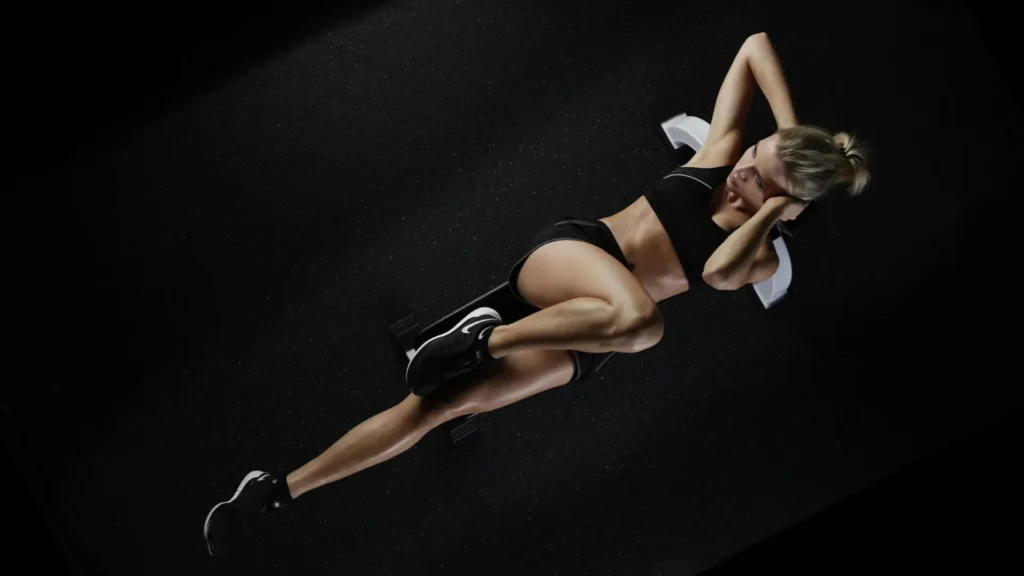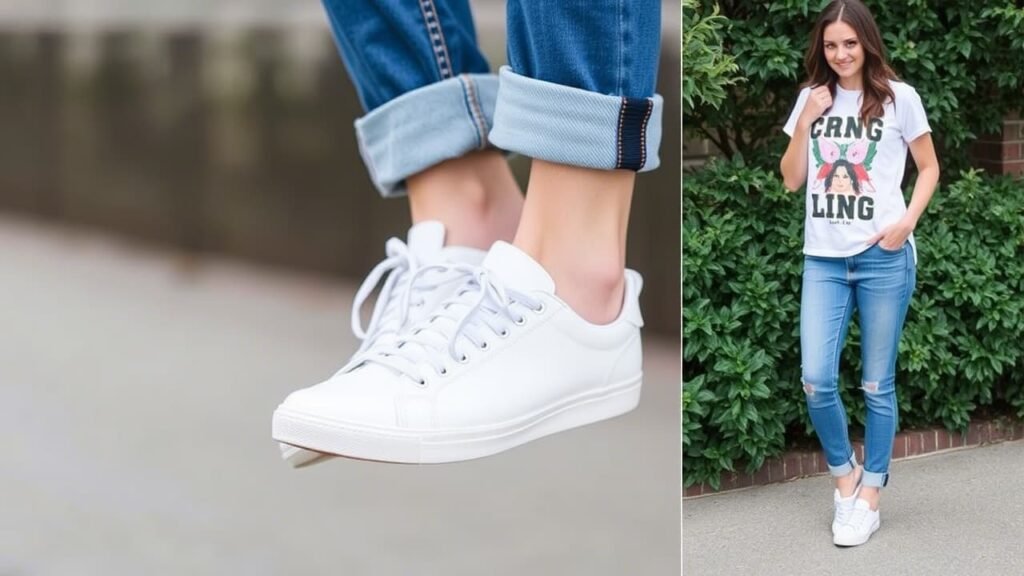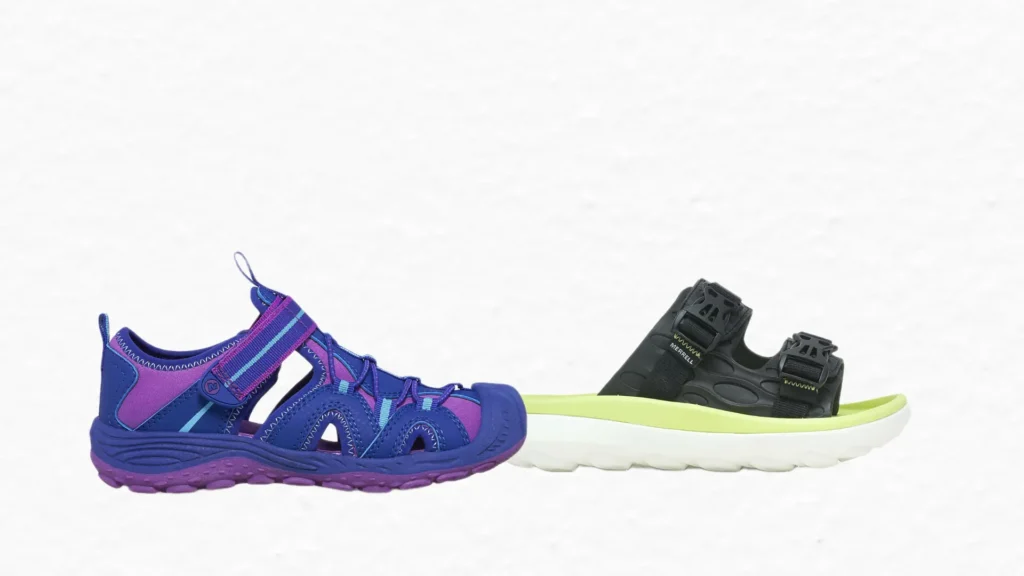Choosing the right pair of shoes can make or break your workout experience. The proper footwear enhances performance, prevents injury, and keeps you comfortable. With so many options on the market, it’s easy to feel overwhelmed.
This article breaks down the best shoes and their properties for different types of workouts, so you can step into your routine with confidence.
why do you need the right shoes for workout?
Wearing the right shoes for a workout is essential. They directly impact your performance. Here’s why the proper footwear matters:
Injury Prevention: Different workouts place unique stresses on your body. For example, running involves repetitive impact, while weightlifting requires stability to avoid ankle slips. The right shoes are designed to support your feet and align your posture.
Optimized Performance: Shoes tailored to specific activities enhance your efficiency. Running shoes with responsive cushioning propel you forward, while cycling shoes with stiff soles maximize power transfer to the pedals.
Comfort and Endurance: Ill-fitting shoes cause blisters, hotspots, and fatigue. Activity-specific shoes keep your feet comfortable, letting you focus on your effort.
Traction and Stability: Workouts involve varied surfaces and movements. Hiking shoes grip rugged trails, cross-training shoes handle lateral jumps, and flat-soled lifting shoes keep you grounded during heavy lifts. Without proper traction, you risk of losing balance.
Foot Health: Over time, unsupportive shoes weaken foot muscles. Minimalist shoes for yoga strengthen natural arches, while structured running shoes correct gait.
Running Shoes
Running puts significant stress on your feet, knees, and joints. That’s why choosing the right running shoes is crucial. Running shoes are designed with specific features to cater to different foot types, running styles, and terrains.
Cushioned running shoes are ideal for long-distance runners. Cushioned shoes provide a soft landing with every step. They are particularly beneficial for runners with neutral foot arches.
Hoka One One and Brooks Ghost are known for their plush cushioning.
If you tend to overpronate, stability running shoes offer additional arch support to keep your foot aligned properly. These shoes feature a firmer midsole on the inner side of the shoe to counteract the inward roll.
Popular shoes include the ASICS Gel-Kayano and Saucony Guide.
For a natural running experience, minimalist shoes mimic barefoot running. They have less cushioning and encourage a forefoot strike.
Minimalist shoes like Vibram FiveFingers and Nike Free allow for greater foot flexibility and strength.
If you’re an outdoor enthusiast who enjoys running on trails, trail running shoes are a must. These shoes are designed to handle rugged terrain, mud, rocks, and roots. Trail running shoes come with aggressive treads for superior grip, durable materials to protect your feet from debris, and sometimes rock plates in the sole to shield against sharp objects.
Salomon Speedcross and Merrell Moab are well-known for their high-performance trail shoes.
Cross-Training Shoes
Cross-training involves a mix of activities like weightlifting, cardio, bodyweight exercises, and agility drills. Since cross-training workouts vary in intensity and movement, you’ll need a shoe that offers versatility and support across multiple disciplines.
You need flat soles for lifting. Cross-training shoes have flat soles to provide stability during weightlifting exercises. This helps you maintain balance and transfer power efficiently from your legs to the ground.
A flatter sole ensures that your foot stays planted firmly on the ground. This reduces the risk of slipping.
The upper part of the shoe should be flexible enough to allow for side-to-side jumps and agility drills. Many cross-training shoes also feature reinforced toe caps to protect your feet during burpees and box jumps.
While not as cushioned as running shoes, cross-training shoes still offer enough padding to handle short bursts of running. The cushioning is typically responsive. This allows you for quicker transitions between movements.
Nike Metcon, Reebok Nano, and Adidas Powerlift are popular choices among athletes who engage in cross-training workouts. These shoes are designed to handle heavy lifting to high-intensity cardio.
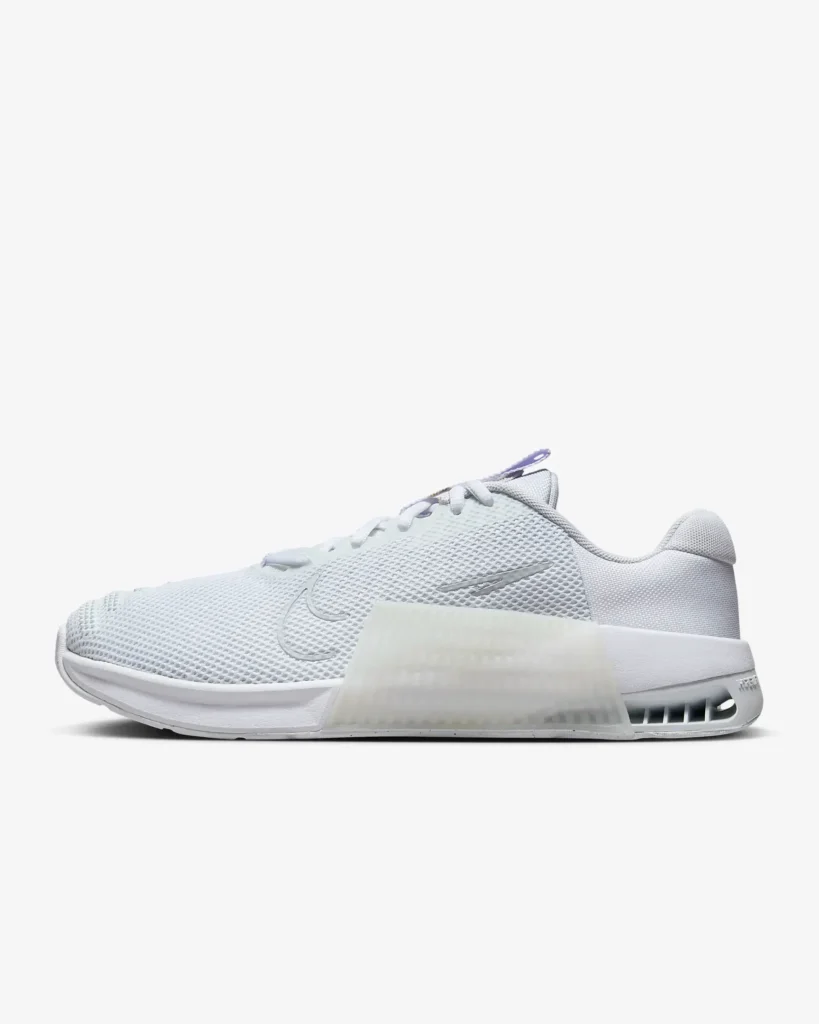
Weightlifting Shoes
If your primary focus is weightlifting, investing in a pair of dedicated weightlifting shoes can significantly enhance your performance. These shoes are designed to provide maximum stability and power transfer during heavy lifts.
Weightlifting shoes typically have a raised heel. This heel helps improve ankle mobility and allows for deeper squats. This is beneficial for exercises like front squats, back squats, and overhead presses.
The raised heel reduces the need for extreme ankle flexibility. It allows lifters to maintain proper form.
Unlike running shoes, weightlifting shoes have hard, flat soles made of wood or plastic. This ensures that no energy is lost during the lift. This helps you to transfer power directly into the ground. The flat sole also provides a stable base.
Many weightlifting shoes come with straps across the midfoot to lock your foot in place. These straps prevent your foot from sliding around inside the shoe.
Adidas Adipower, Nike Romaleos, and Reebok Legacy Lifter are top picks for serious lifters. These shoes are built to withstand the demands of powerlifting.
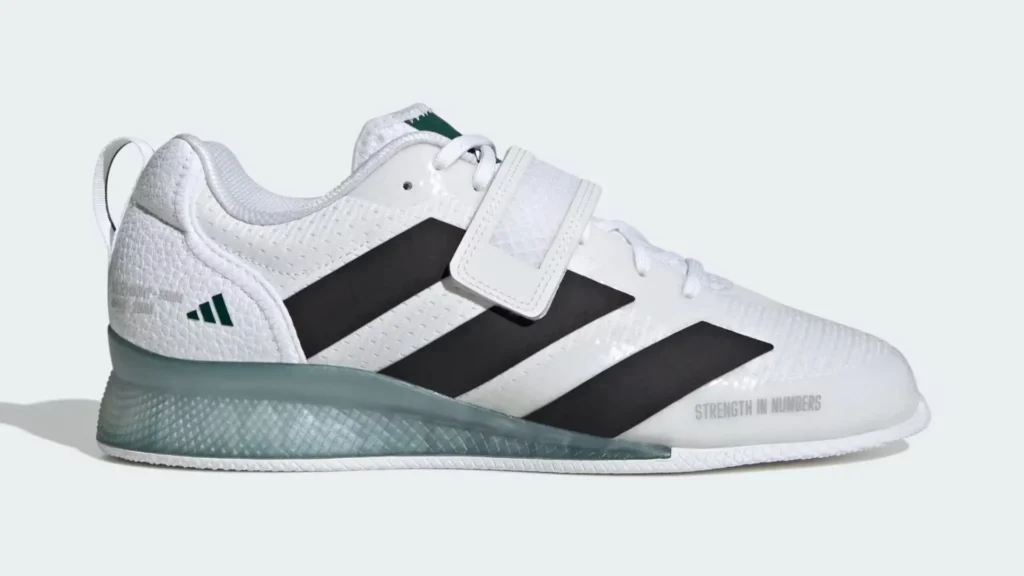
Walking Shoes
Walking is a low-impact activity. But it still requires the right footwear. Walking shoes are designed to provide comfort, support, and durability for extended periods of use.
Walking shoes should have good cushioning to absorb the impact of each step. Proper cushioning helps reduce the strain on your joints.
Since walking can be a prolonged activity, breathable materials are essential to keep your feet cool and comfortable. Mesh uppers are common in walking shoes. They allow for airflow and help prevent overheating.
Unlike running shoes, walking shoes should bend easily at the forefoot to accommodate the rolling motion of your foot as you walk. This flexibility ensures a smooth and natural stride.
New Balance, Brooks, and ASICS offer excellent walking shoes that combine comfort and durability. New Balance FuelCell Rebel v4 and Brooks Addiction Walker are best shoes for walking.
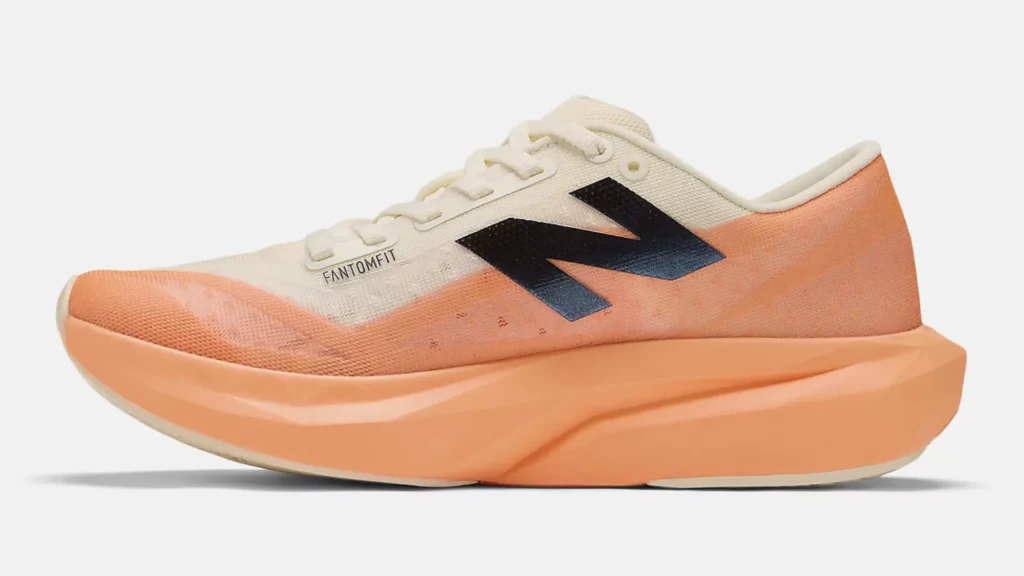
Yoga and Studio Shoes
For yoga, Pilates, and barre, you may not need traditional athletic shoes. In fact, you should go barefoot or wear minimalist shoes to provide just enough grip and support.
Grip socks provide traction on studio floors. Grip socks are particularly useful for activities like barre and Pilates. These socks are useful to maintain balance on slippery surfaces.
If you prefer wearing shoes during yoga, look for lightweight footwear with thin soles that mimic the feeling of being barefoot. Vibram FiveFingers are popular for this purpose. These shoes allow you to feel the floor beneath you while still providing some protection and grip.
Non-slip soles are essential for maintaining stability during poses and transitions. Non-slip materials help prevent slips and falls.
Lululemon Blissfeel, Alo Yoga Airlift Sneaker, and Vibram FiveFingers are great options for yoga and studio workouts. These shoes are designed to be lightweight, flexible, and supportive.
HIIT and Plyometric Shoes
High-Intensity Interval Training (HIIT) and plyometric workouts involve explosive movements like jumping, sprinting, and lateral shuffles. For these activities, you’ll want shoes that are lightweight, responsive, and supportive.
HIIT shoes should be light enough to allow for quick, agile movements without weighing you down. The lighter the shoe, the easier it is to perform sprints, jumps, and lateral shuffles.
Look for shoes with responsive cushioning that provides energy return, helping you bounce back quickly after each jump. This type of cushioning is found in shoes designed for basketball and volleyball, where explosive movements are common.
A snug fit is essential for preventing your foot from sliding around during explosive movements. Many HIIT shoes feature reinforced straps to ensure a secure fit.
Nike Air Zoom, Under Armour HOVR, and Puma Deviate Nitro are excellent choices for HIIT workouts. These shoes are designed to handle the demands of high-intensity training.
Choosing the right workout shoes is about optimizing performance, ensuring comfort, and minimizing the risk of injury. Each type of exercise places unique demands on your feet. So it’s important to select footwear that’s specifically designed for the activity you’re doing.

